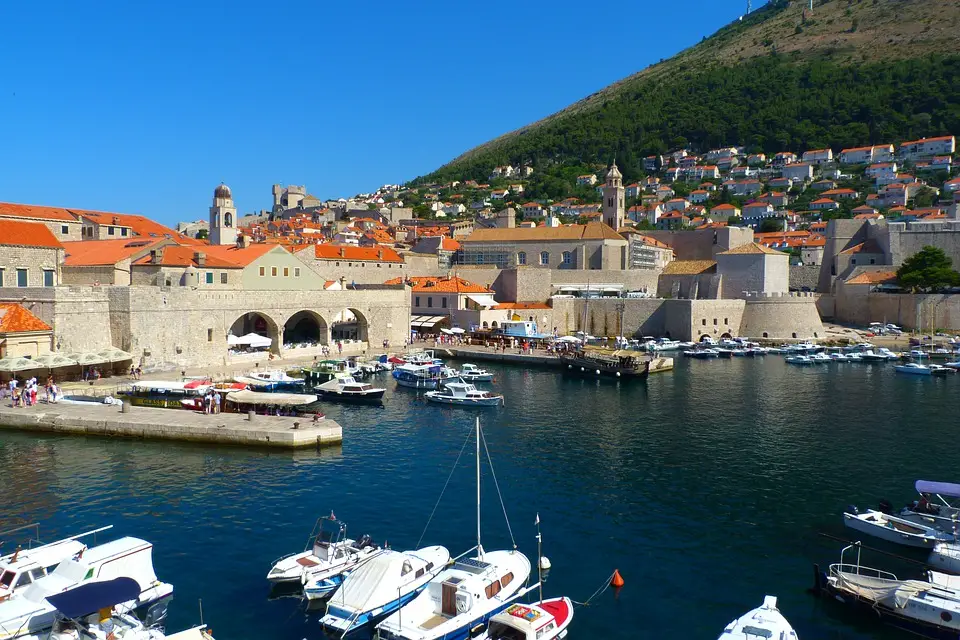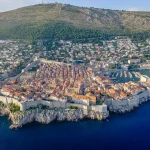As Poslovni Dnevnik/Jadranka Dozan writes, demand for travel across Europe has shown a solid recovery this past summer, although according to the latest quarterly report on trends and prospects, a return to pre-pandemic levels is still not expected before 2024.
Judging by this year’s achievements of the tourism sector here in Croatia, this seems likely that this recovery will occur much earlier on, especially in relation to competing countries with which we usually compare ourselves across the Mediterranean.
While announcing the continued recovery of the travel industry for next year, it is generally warned that the increase in international travel costs could adversely affect travel availability itself, the Zagreb Institute of Economics continues to analyse some of the broader effects and aspects of Croatia’s high reliance on tourism as part of the TourCro project.
In a paper recently published in the Tourism Management journal, Maruska Vizek from EIZ and Nebojsa Stojcic from the University of Dubrovnik and Josip Mikulic from the Faculty of Economics in Zagreb all analysed how tourism activity affects the emergence of fast-growing Croatian companies in local government units across the country.
In short, the results of this analysis suggest that both the vulnerability of local government units to tourism activity and the increased seasonality of tourism has negatively affected the emergence of fast-growing Croatian companies. This aspect is important because of the importance of fast-growing Croatian companies in terms of overall economic activity.
According to the OECD definition, fast-growing Croatian companies are those that achieve sales revenue growth of at least 20 percent within three years and had at least ten employees at the beginning of the observed three-year period, and according to some research are responsible for creating 50 percent of all new jobs and revenues in the service sector, recalls Vizek in a comment on the Institute’s website regarding the results of the said analysis.
Fast-growing Croatian companies cause, he says, positive ups and downs of spillovers within the value-added chain to which they belong, and are often in sectors characterised by the high-intensity application of knowledge and technology.
He also explained how the empirical analysis in the paper has been conducted at the level of local self-government units from 2012 to 2019, where the subject of the analysis is the population of more than 100,000 companies (legal entities) registered in the country in that period. Tourist activities are presented in two ways: as an index of vulnerability to tourism of local self-government units and as the intensity of the seasonality of tourist activities in these same local units.
“The negative impact of increased seasonality of tourism in local units on the emergence of fast-growing Croatian companies is reflected in the finding that increasing the seasonality of tourism by 10 index points leads to a decrease in the share of fast-growing Croatian companies in terms of total companies by 3 to 6 percentage points.
At the same time, an increase in the tourism vulnerability index of 10 index points reduces the share of fast-growing Croatian companies by 0.6 to 1.5 percentage points on average,” said the assistant director of the Institute of Economics in her review. In other words, he says, both greater vulnerability to tourism and the more pronounced seasonality of tourism in local government units is associated with a decrease in the share of fast-growing Croatian companies in the total number of companies which exist within local units.
For more, make sure to check out our dedicated business section.










